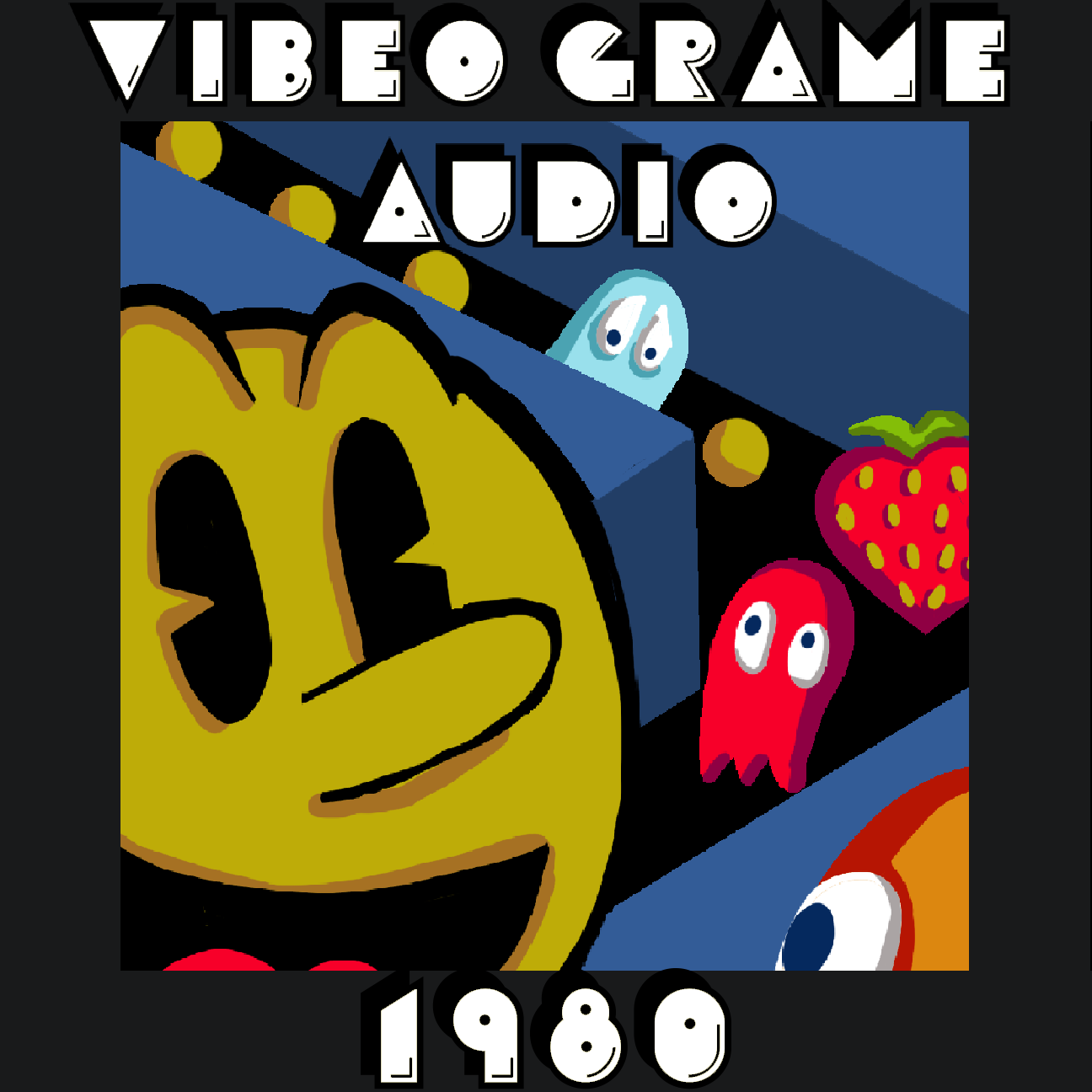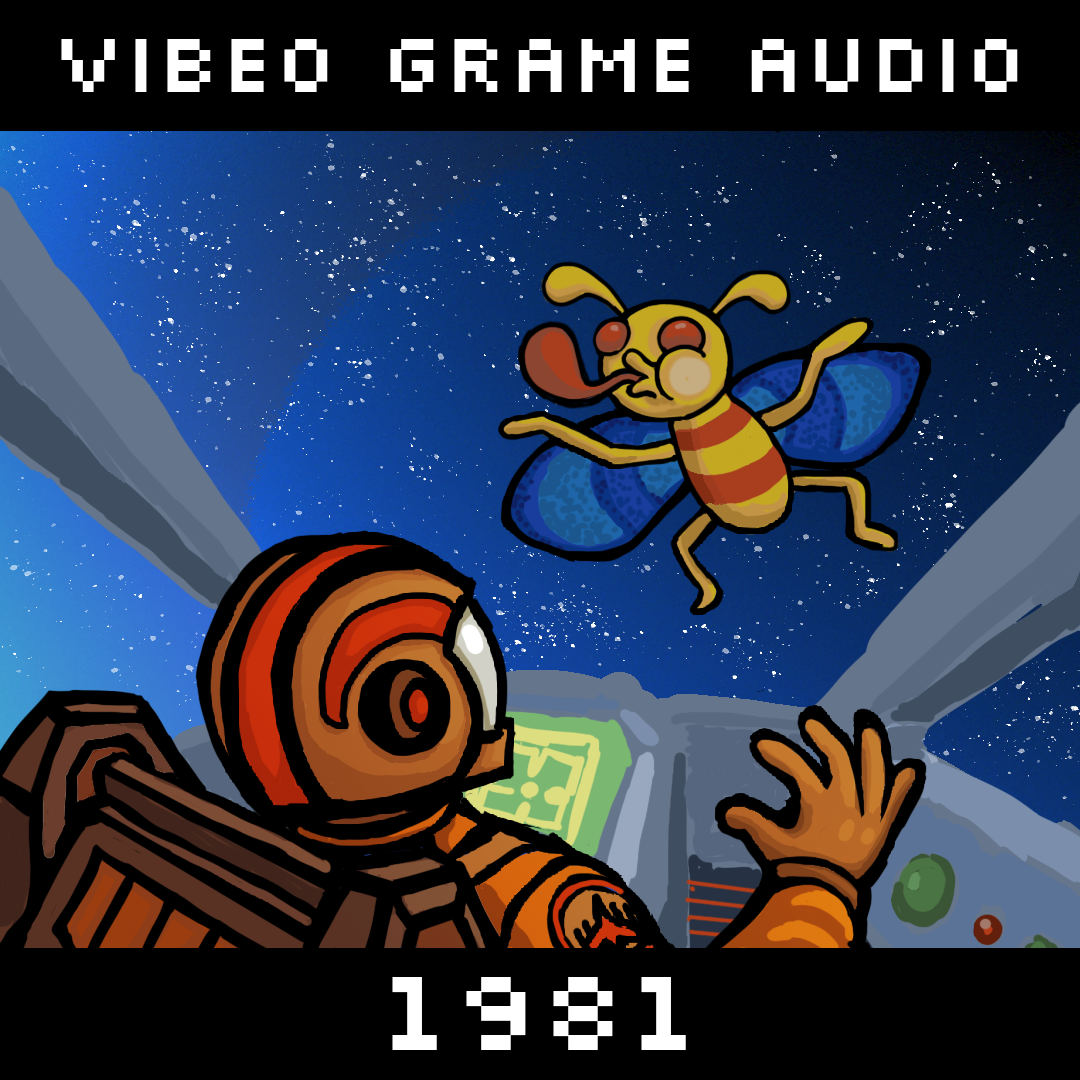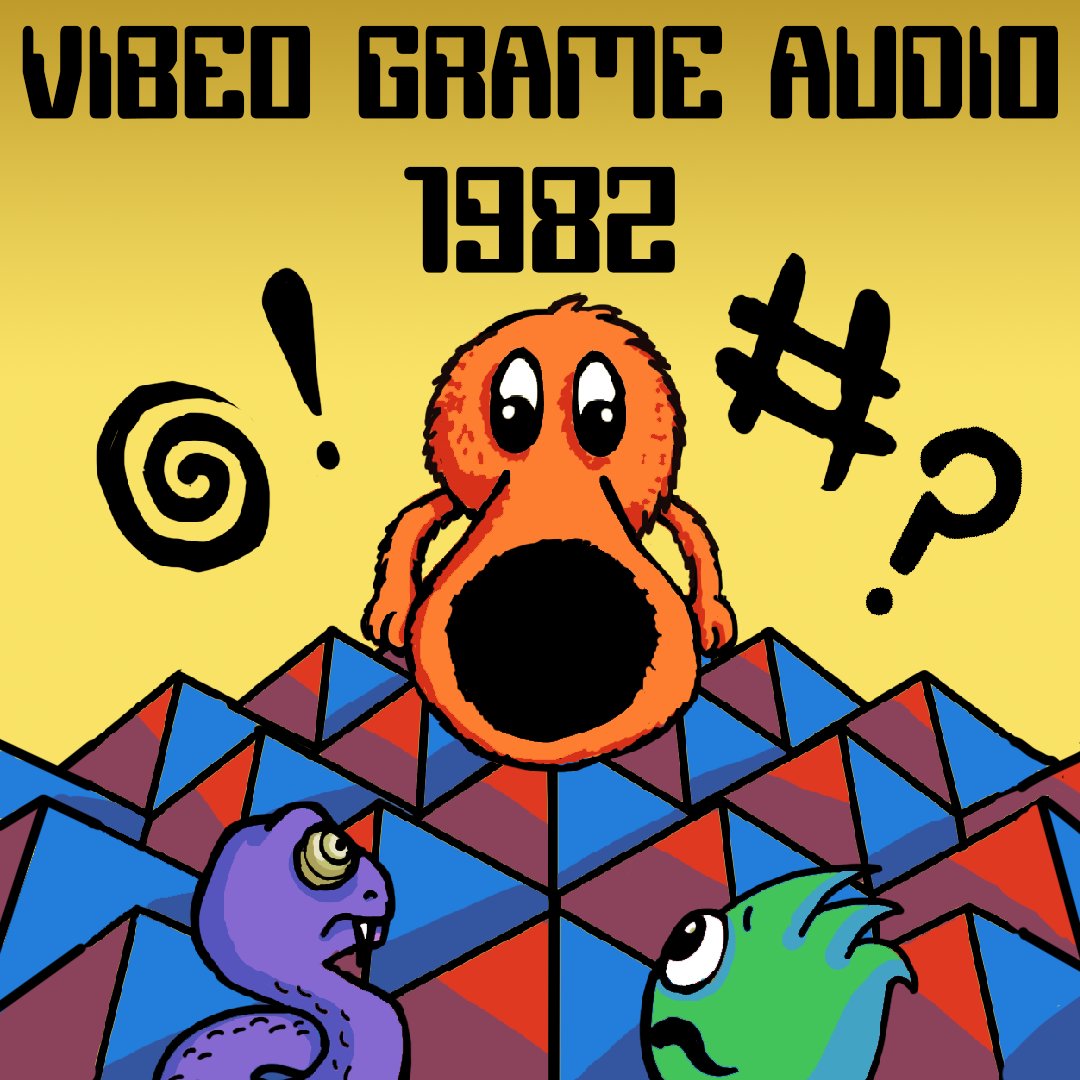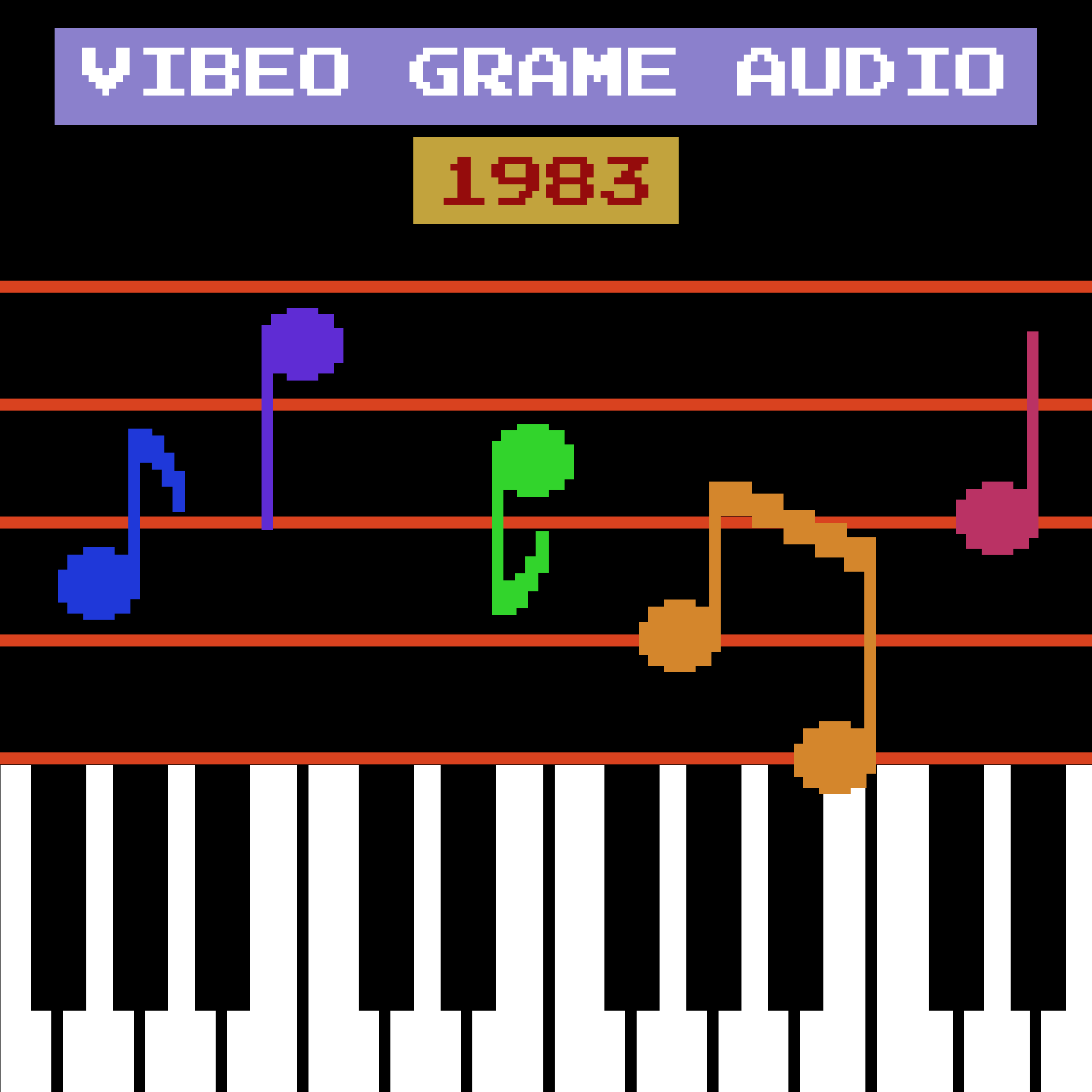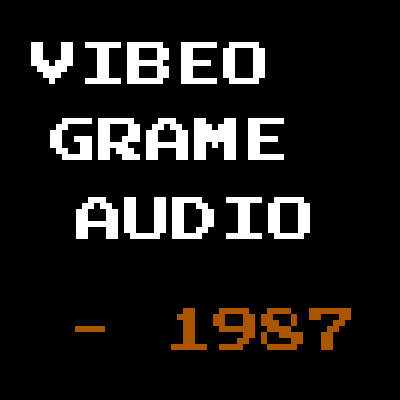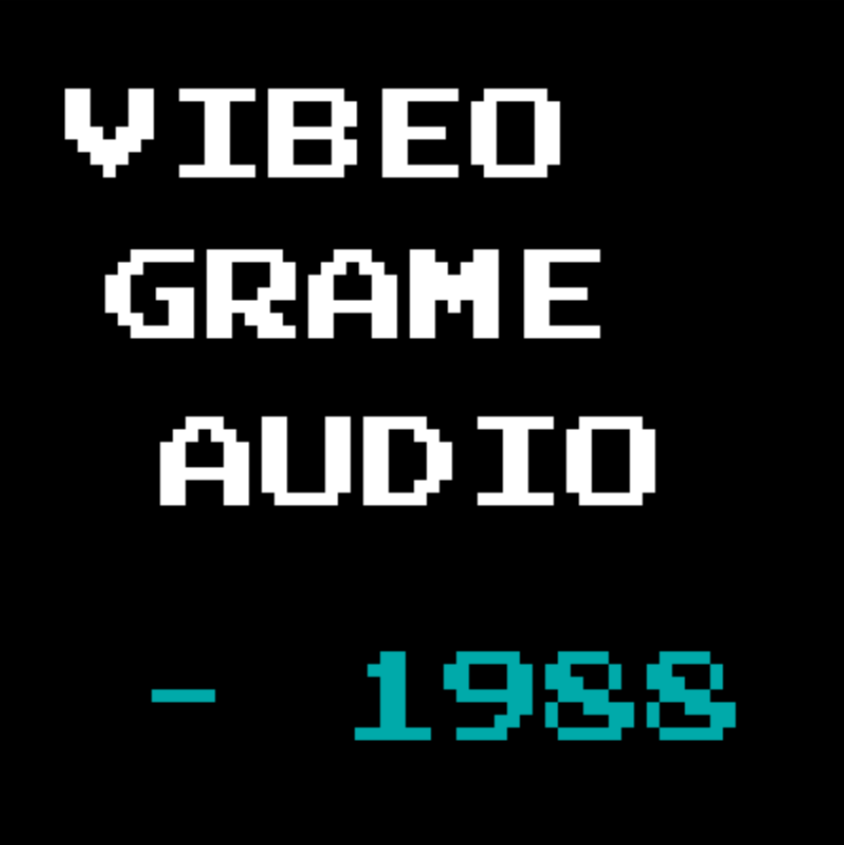Image by David Matlock (@Empfindsamer)
1982 is kind of a down year, but not because no good games were released. Rather, they were drowned out by the flood of garbage titles that caused the first ever crash in the gaming market.
It’s known as the Video Game Crash of 1983, but the two games most popularly blamed for starting it were released in 1982, both for the Atari 2600: E.T., and the home version of Pac Man. Both games were rushed, mangled garbage that Atari gave developers an impossibly short window of time to create. Despite selling millions of copies of Pac-Man, Atari in their hubris had expected such a comically large number of sales that they were still sitting on millions of unsold copies in 1983. An urban legend states there is a landfill somewhere in the U.S. full of those copies. As hilarious as it is to pick on Atari, it’s not really their fault alone that the crash happened. Yes, they did release those two stinkers, but bad games are released all the time. The crash was not the fault of any one company or individual, but a collective failure of the system.
That’s just capitalism. Capitalism encourages businesses to pounce on quick sales opportunities and to seek short-term financial gain over long-term stability. The same is true today as it was in 1982. There were around 20 other companies releasing their own video game consoles then, trying to get a piece of Atari’s pie. The market was absolutely flooded with games, all of which were suspiciously similar. Businesses didn’t bother to think what this glut would do to the value of their product. This new world of video games was a gold mine waiting to be exploited, and everyone believed the line could only go up.
In addition to the over-saturation of the market, there was a severe dip in product quality across the board due to horrible third-party titles. Before the 80s, it was unheard of for a console to release anything not created in-house. However, most console developers were notoriously horrible to their staff, which encouraged some young game designers to quit and start their own business: Activision. At the time, Activision produced the highest quality third-party titles and was the most worker-friendly company in all of gaming, a fact which makes anyone familiar with Activision today laugh and laugh and laugh. But they weren’t the only third-party developer in town. By 1982, there were dozens at least. Most new developing teams were not founded like Activision, by passionate auteur game designers, but by opportunists seeking a quick buck. They churned out garbage titles that console companies didn’t bother to quality control before releasing.
So all in all, you have twenty-plus companies releasing hundreds and hundreds of shitty asset flips all at once. Result: the market value and perceived value of games plummets, and the new fad of video games almost completely dies.
Luckily, a lot of the worst offenders have been rendered forgotten by time. Even more luckily, the crash didn’t significantly affect the PC or arcade markets, nor any markets outside of the U.S. Even so, 1982 just isn’t sending their best. I’ve managed to sift through and find five whole games I want to talk about here. You’ll have to trust me that nothing else is really all that interesting (well, speaking of audio) unless you’re a collector or incredibly enthusiastic about video game history.
Without further ado, here are the Top Five games of 1982:
#5: Microsoft Flight Simulator
Composer: nobody, there is no music, only the ever-present sound of Satan himself.
Platform: PC
In the early days of game audio, it’s always more impressive to do something new or groundbreaking than it is to do something pleasant. Until such time a computer can play back a symphony, this will have to do. Microsoft’s Flight Simulator wasn’t the first ever flight sim to exist, but it was the first with sound. And it’s on the list for that reason, and that reason alone.
Maybe you find the sound of Microsoft Flight Simulator soothing. But more likely you have the same reaction I do, which is to rip off your headphones before your eardrums burst. What in God’s name is that noise? It’s certainly not nice - but it is immersive, if you’re playing this game in 1982. Attempts had been made before to use sound effects for realism, but never quite to this extent. And for the time, it is as close to real as you can get. I am impressed. Still can’t listen to it.
Watch a playthrough of Microsoft Flight Simulator 1.0 (turn down your speakers lol)
#4: Donkey Kong Jr.
Composer: Yukio Kaneoka
Platform: Arcades
The levels are more intricate. The enemies are more numerous. The cutscenes are more frequent. The Donkeys are more Kong.
I have a hard time getting this game outside its predecessor’s shadow. Technically, it does more stuff with its audio than the original Donkey Kong. But that’s the trouble with not being first to market: no one’s impressed with the same magic trick the second time around, even though it’s a bit flashier.
Most of the impressive stuff about Donkey Kong Jr. is subtle. It sounds almost exactly like the original game, but secretly there’s far more going on. There’s less level music here, but that’s because this game is far more reliant on (for the time) high-quality sound effects. There are also unique stingers for completing each stage instead of one, as well as unique (public domain) tunes for the cutscenes that play in between levels. As far as my ear can detect, the original game only had two available sound channels, while DK Jr. has three. That extra space is almost exclusively used for sound effects, allowing for quite a lot to happen at once without any clipping issues. The only spot where the music uses three notes at once is on the title screen.
#3: Q*Bert
Sound Designer: David Thiel
Platform: Arcades
According to the game’s sound designer David Thiel, Q*Bert’s unintelligible jargon was the result of the limitations of voice synthesis, plus a lack of development time. Voice synthesizers back then basically were memory banks of possible phonemes. In order to get them to properly render speech, a skilled developer would have to go through all the possible phonemes and stitch them together, a task which sounds easy to me, a dumbass, but I know it’s got to be mind-numbingly difficult using 1982 tech.
So Thiel didn’t bother stitching them together. When Q*Bert is defeated by an enemy - or really whenever the synthesizer needs to produce speech at all - the game just grabs random phonemes. As a result, it sounds vaguely human, enough to where you think they’re trying to say words, but so garbled that it’s impossible to make it out. Thiel thought that was a better result than anything he could have made if he’d strung together actual English. QBert’s dialogue is perfect for representing the incoherent profanity suggested by the dialogue bubbles. After forty years, it’s still funny.
#2: Dig Dug
Composer: Yuriko Keino
Platform: Arcades
Space Invaders accidentally stumbled onto dynamic music because the hardware couldn’t play back the audio properly. Dig Dug actually made dynamic music on purpose - it was coded into the game. For that reason, I consider this to be the first true example of dynamic music, and Yuriko Keino to be its progenitor.
When Dig Dug (which is actually the character’s name, I looked it up) is moving, the BGM plays at a normal tempo, but when Mr. Dug stands still, the music stops right where it is. Moving again will restart the music exactly where it left off. Finally, when there is one enemy remaining, the tempo increases. It’s a simple example, but it’s important to recognize it when we see it. Dynamic Music is a unique element to the medium of video games, something that defines game audio apart from any other medium.
Before I go, I don’t want to miss the opportunity to point out this is the first game I’ve listed whose composer is a woman. There are likely plenty of other women who worked on games in the early 80s and before, women who went uncredited or were forgotten. People my age grew up with the idea that video games were stupid toys for boys. This was a myth used to demean little boys, but the really nifty thing about this myth is that it also demeans little girls by suggesting women do not belong in the gaming world. That myth was specifically created by marketers, mostly in the west, and not until the mid-80s and beyond. Much as some men cry and rage that women started horning in on their turf in the mid 2010s, women were here from the beginning and they were responsible for some of our favorite games and gaming innovations.
#1: Thunder Castle
Composer: I don’t know. Look, it’s hard to find credits for a lot of 80s games because companies actively pressured designers to keep quiet about them and also never included staff rolls or anything. Sometimes we only know the designers because they secretly put their names into a hidden part of the game code. Console games in particular had this problem, so I can’t find out who designed the sound for Thunder Castle. Mea culpa. If you know, let me know.
Platform: Intellivision (Console)
I mentioned the Intellivision in the last article and I have to mention it again. Seriously, this is an absolute unit of a console, especially for 1982. Its specs were far and away the best for any console of the time, and it even developed games that invented entire new genres! It’s a shame the Intellivision has faded into obscurity.
Thunder Castle featured BGM throughout the entire game, a feat no other console game managed up to this point. Yes, the music was all public domain classical stuff and not original material, but you can’t fault them when no one else had even come close to that accomplishment yet, even in the arcades. Thunder Castle created the closest thing to a video game “soundtrack” so far in the history of gaming.







